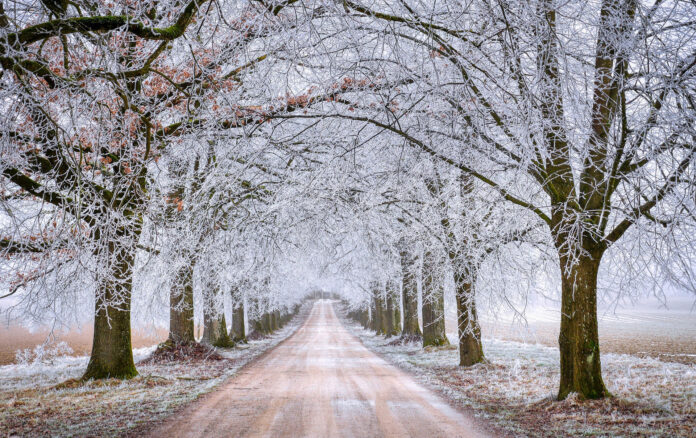With hazardous conditions expected on our roads over the next few days of icy weather, the RSA have issued some advice to keep all road users safe.
Even after the weather warnings are lifted, many roads, particularly minor ones, will remain in a treacherous condition due to snow and ice, particularly if they haven’t been gritted.
The major advice is not to travel, particularly if the journey isn’t necessary. Using public transport, where available, is generally a safer option too and reduces the number of cars on the road.
Motorists
Clear all windows and mirrors before setting out and use the car’s heater to demist the inside. Air conditioning dries the air inside the cabin so switch that on, even though it might seem counter-productive. Carry a screen scraper and can of de-icer for your return journey when hot water may not be available.
One of the quickest ways to clear your car windows is to use a kettle of hot water. Note – never use boiling water – tepid is fine and will reduce the risk of the glass cracking.
Manoeuvre gently, slow down and leave extra distance between you and the vehicle in front. This is the key to driving in snow and ice. Pretend there’s an egg on each of the pedals that you don’t want to break. Use very gentle steering movements and concentrate on driving smoothly, particularly when starting and stopping.
Use dipped headlights when visibility is reduced. Use your fog lights if visibility drops below 100 metres. Turn fog lights off when visibility improves. The number of drivers not using lights is criminal. There really is no excuse as almost all modern cars have automatic lights. Beware of DRLs, which may only light up the front lights, leaving no tail lights on. I’ve even seen this regularly on motorways. Very dangerous.
Avoid harsh braking, steering and acceleration. This goes back to driving smoothly at all times.
Use the highest gear possible to avoid wheel spin. Select a low gear when travelling downhill especially if through bends. Now here’s where I disagree strongly. Low gears increase the risk of skids as engine braking operates only on one axle and it’s not easy to modulate your speed smoothly when using this method. I’d prefer to keep a higher gear and use the brakes to gently and smoothly control your speed. This will operate on all four wheels, greatly reducing the risk of skidding.
Watch out for black ice especially in sheltered / shaded areas on roads, under trees and adjacent to high walls.
If you slide or skid
Don’t panic or jam on the brakes. Most accidents are not caused by the initial skid, rather the panicked reaction or over-correction.
Steer gently into the slide – if car is sliding to the right, steer to the right. In a front wheel drive car that’s pretty much all you have to do – remove the cause of the skid, whether that’s too much power, too much braking or too much steering lock. Understeer is where you lose grip at the front of the car due to the front wheels losing grip. If you reduce the steering lock, the tyres can regain their grip and bring back your control.
Rear wheel drive cars behave differently and you can apply opposite lock to the steering to regain control but be careful not to apply too much as it can lead to over-corrections and loss of control.
A point to bear in mind is that almost all cars were front wheel drive but a lot of EVs are actually rear wheel drive so if you’re not sure which you have, now’s the time to find out.
In advance of long journeys, check the weather and road conditions along the route, as conditions may differ significantly. Again, ask yourself is the journey essential and allow plenty of extra time. Be prepared for any possible breakdowns or becoming stranded with plenty of warm clothing and some food.
Pedestrians are given the same advice to ask themselves if their journey is strictly necessary but if walking, you should walk on the right hand side of the road, facing traffic, if there are no footpaths.
Great care needs to be taken, especially as footpaths may not be gritted. Ice can hide under a light dusting of snow.
Wear proper boots or shoes with good grip and be sure to wear reflective clothing to be seen.
For more motoring articles see www.cartourismo.ie.
Motoring editor - The Clare Champion
Former Chairman and voting member of Irish Motoring Writers' Association


